Boom Supersonic XB-1 nears supersonic flight after passing stability test
Aerotime
NOVEMBER 17, 2024
During the 54-minute flight, Chief Test Pilot Tristan “Geppetto” Brandenburg safely navigated the XB-1 to a maximum altitude of 25,040 feet (7,632 meters) and a speed of Mach 0.82 (487 knots true airspeed), demonstrating that the aircraft remains controllable at higher speeds even in the event of SAS failure.









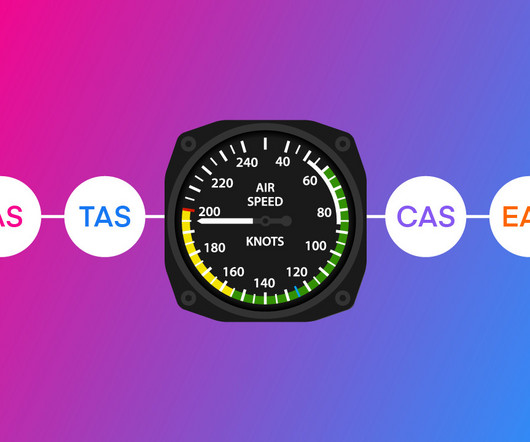
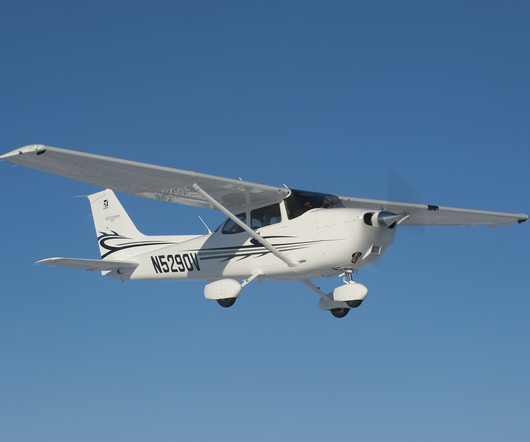




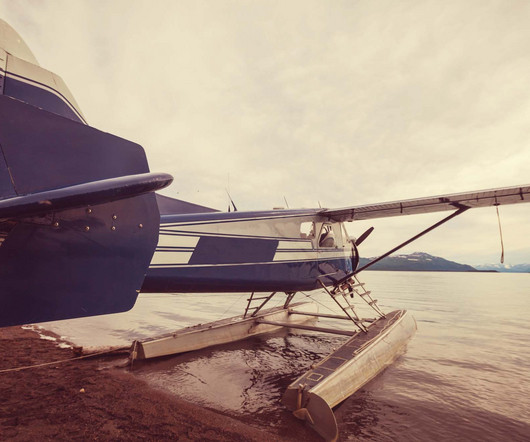


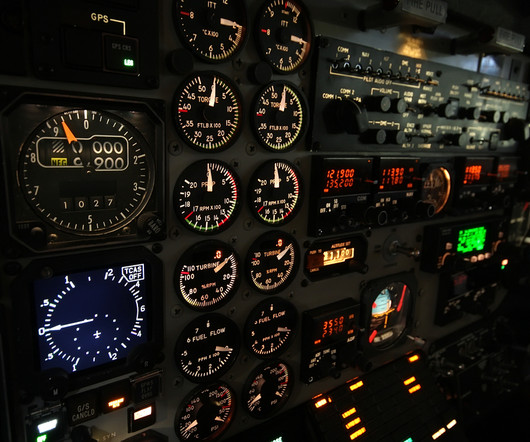


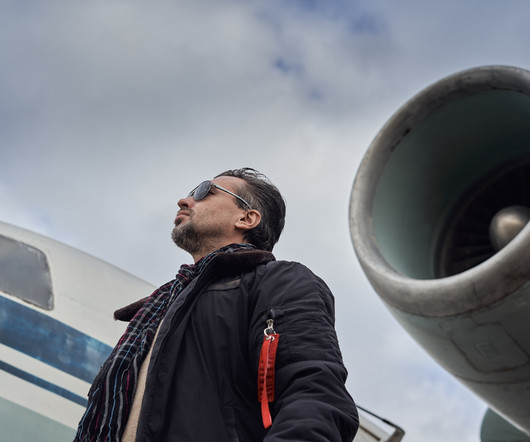







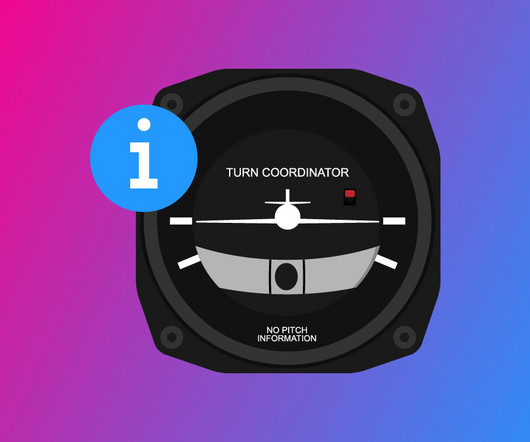






Let's personalize your content